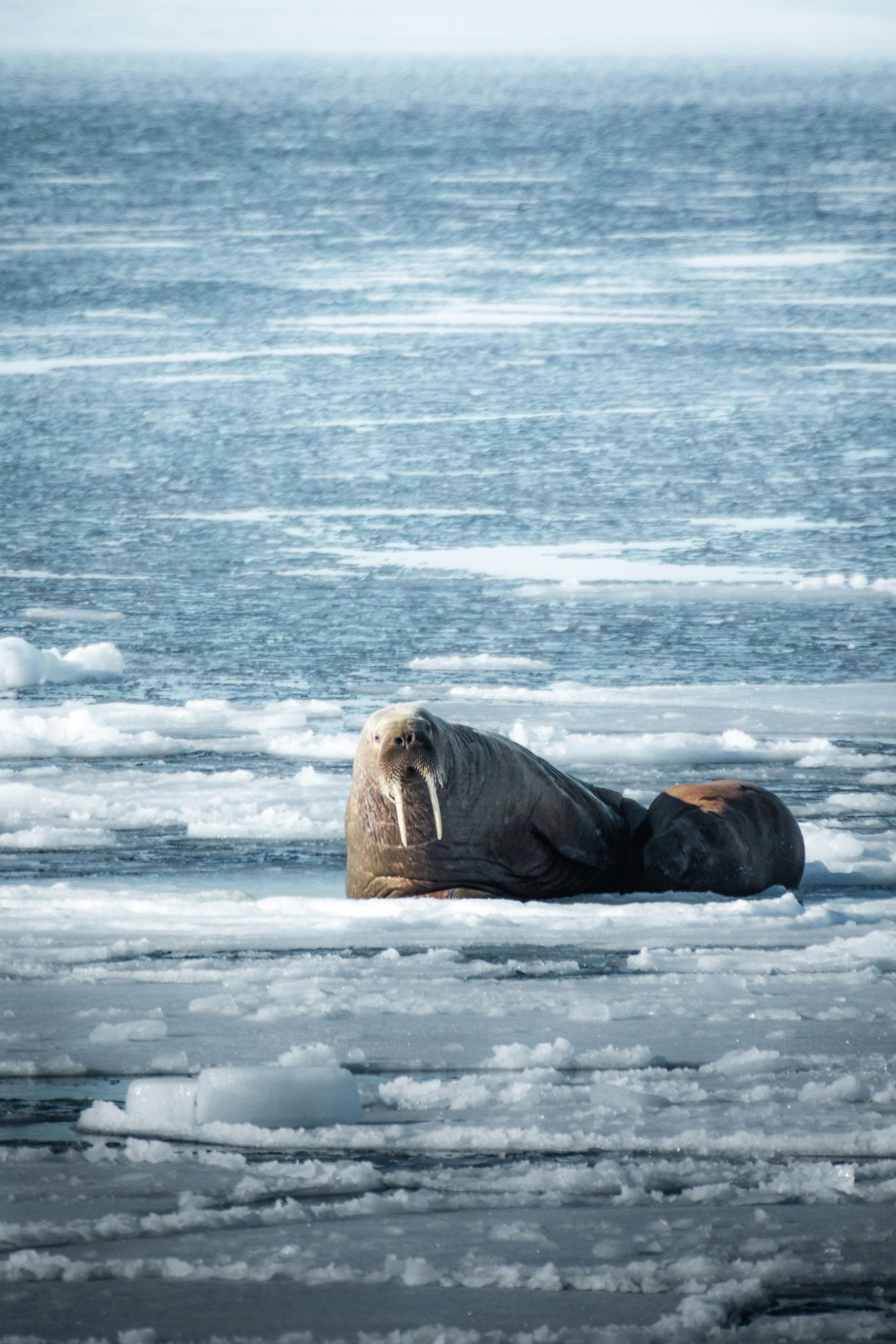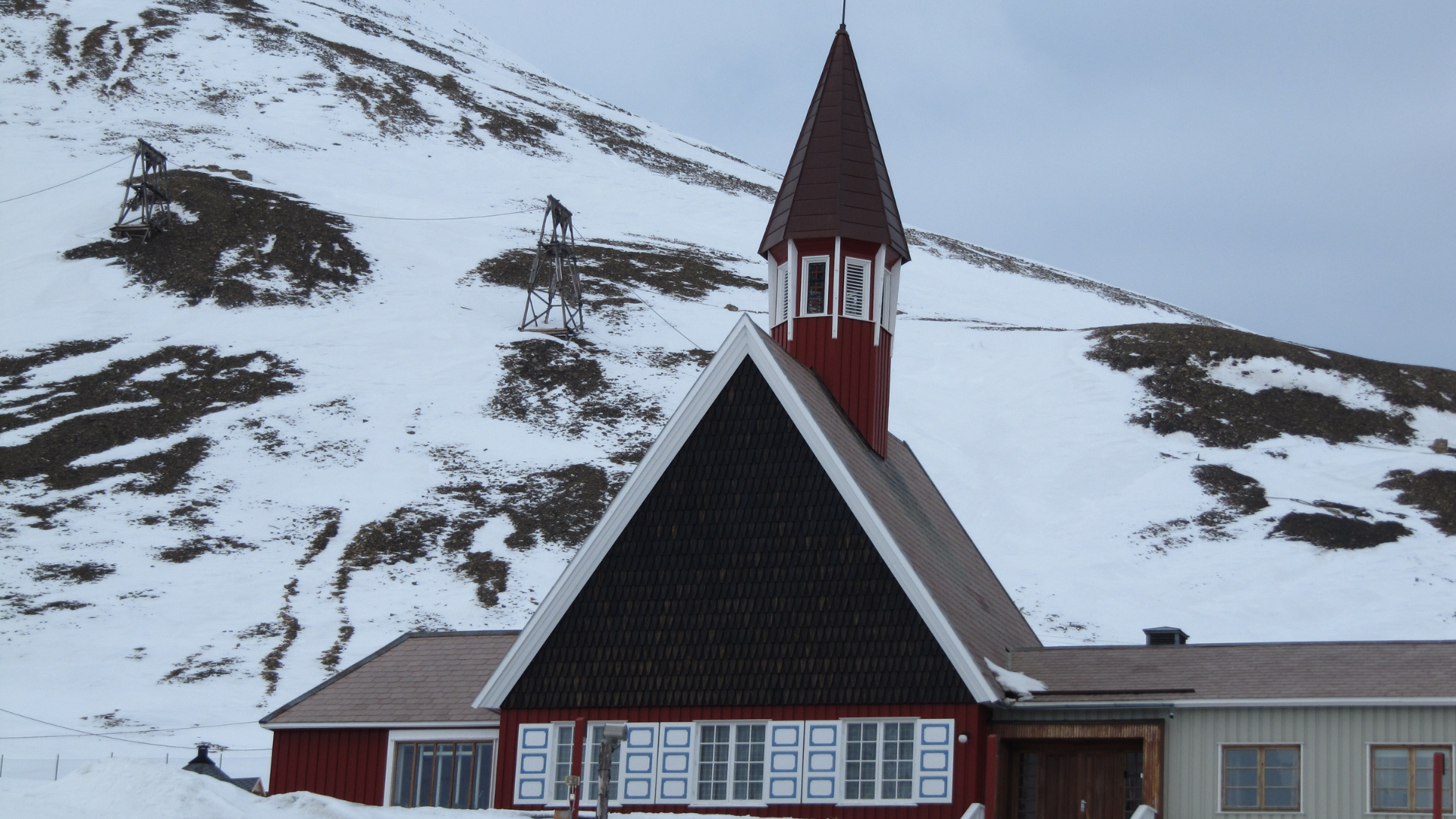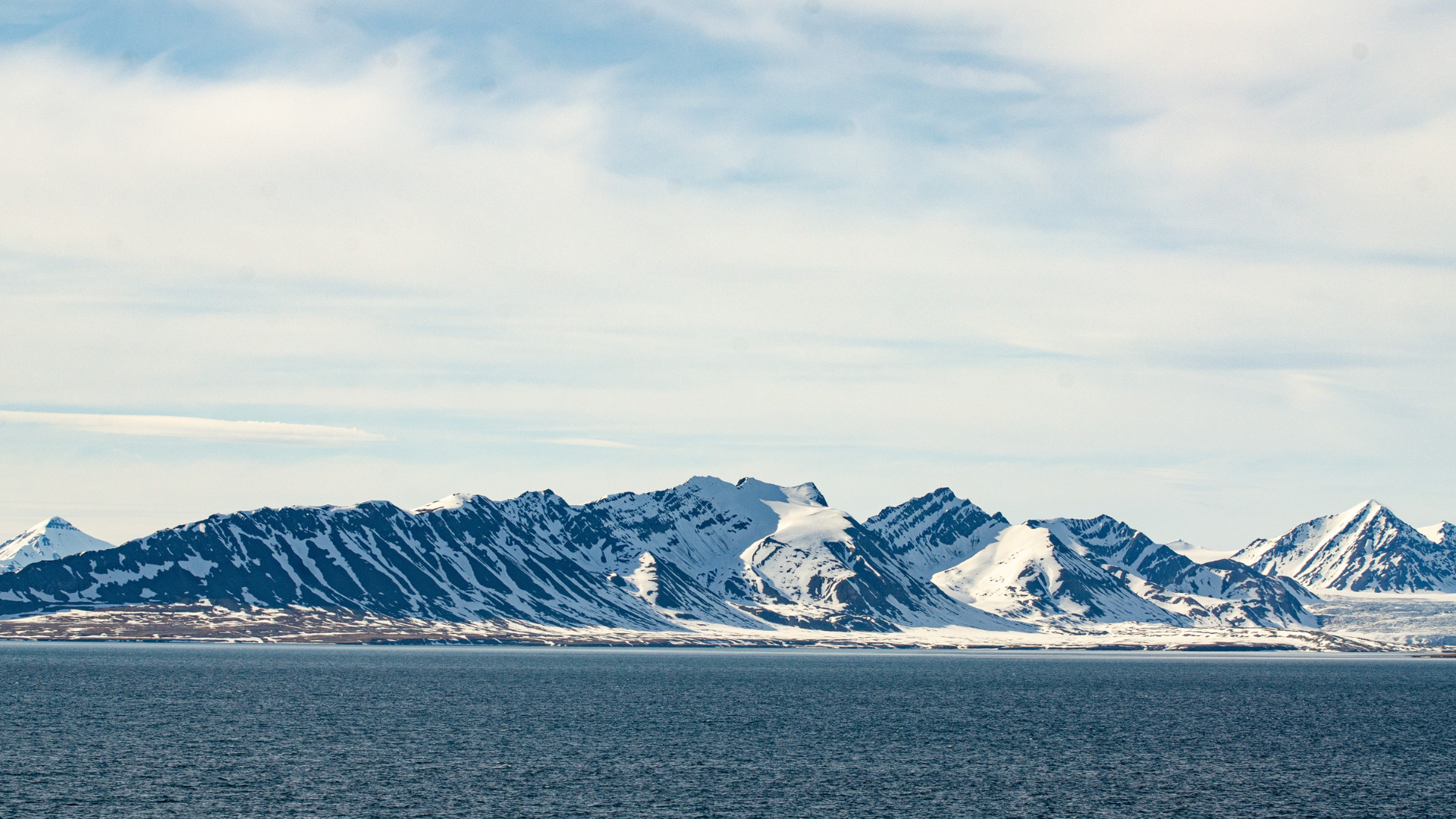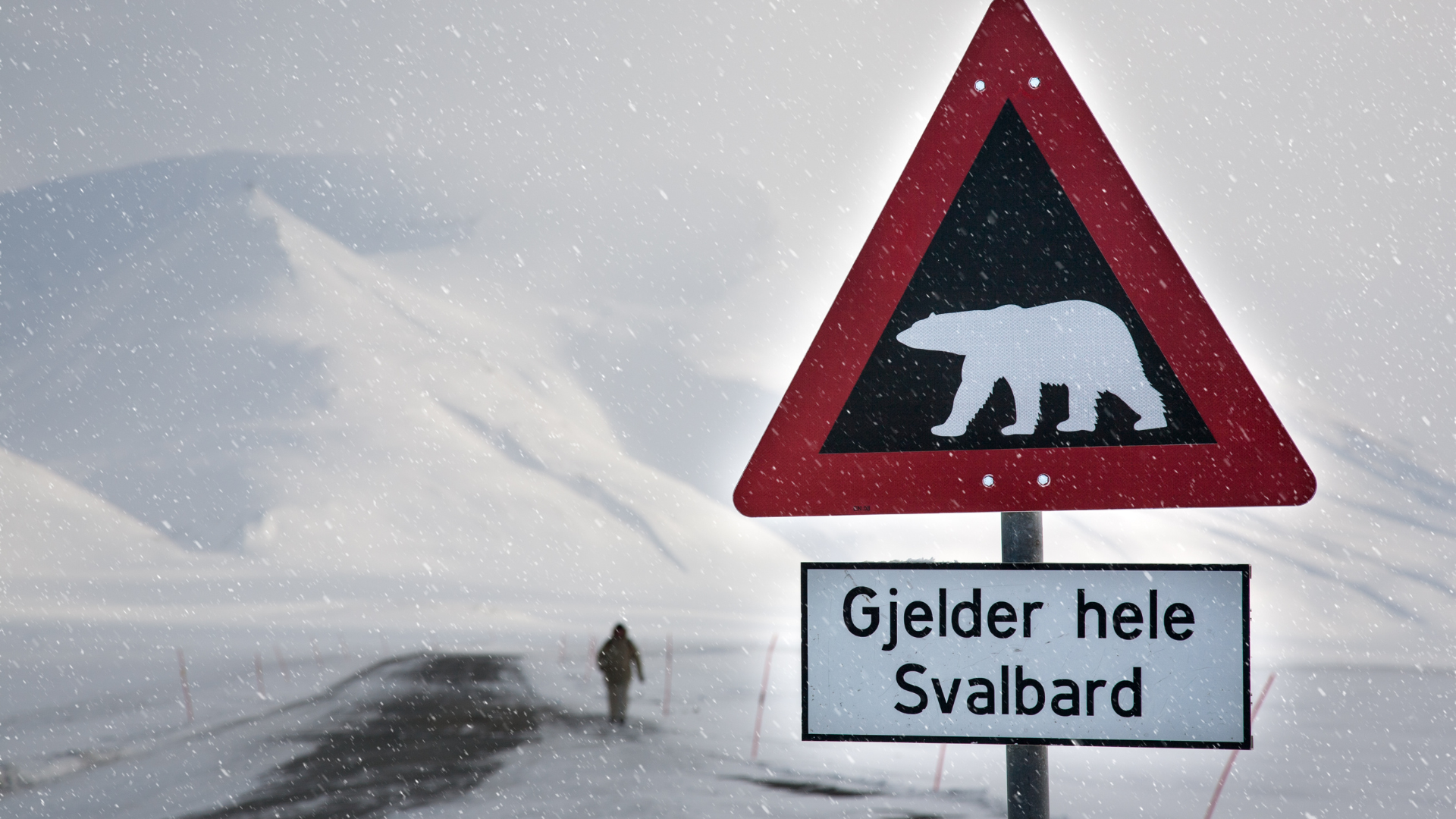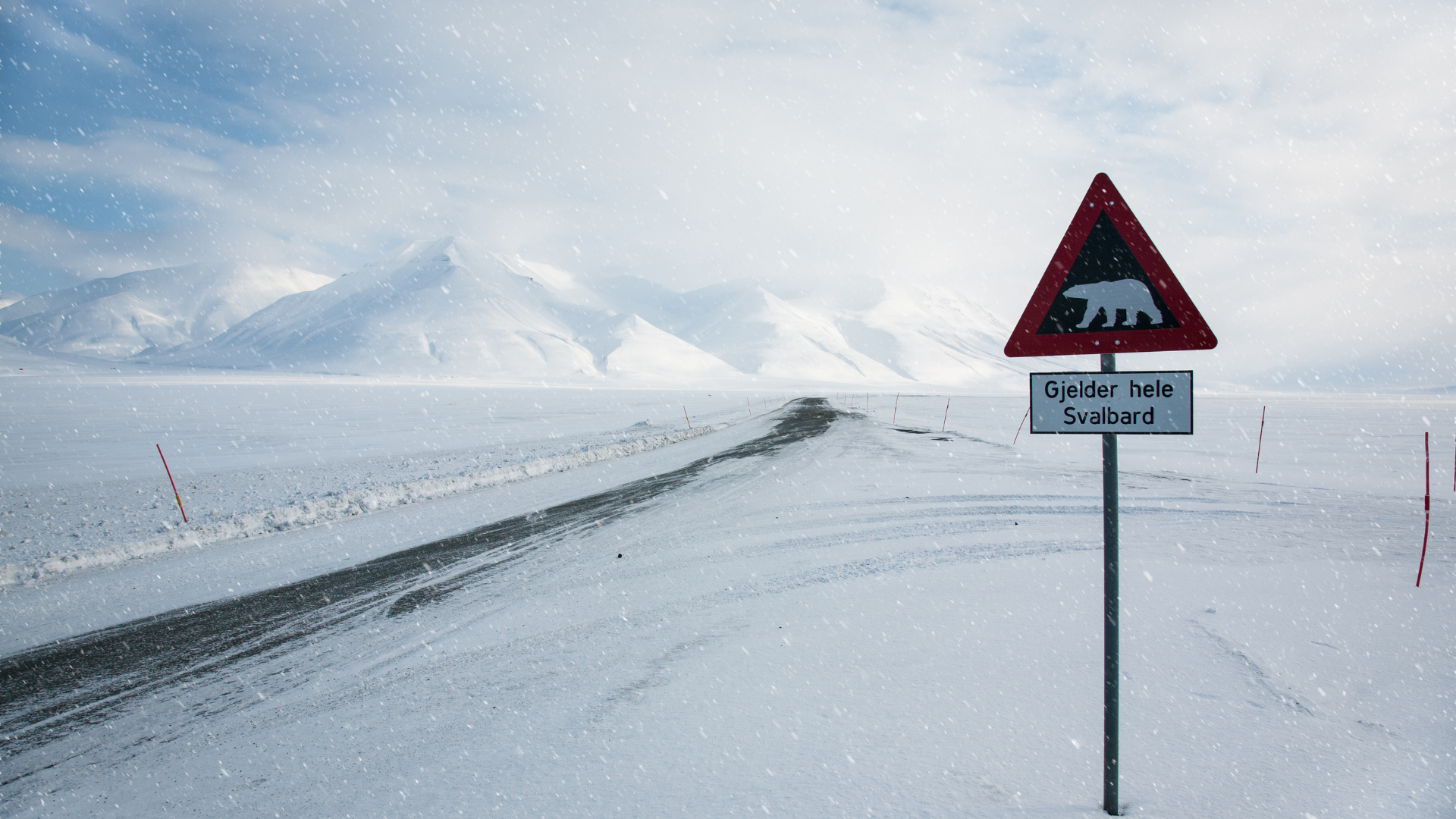Spitsbergen: How to Prepare Accordingly in March
Spitsbergen: How to Prepare Accordingly in March

March in Spitsbergen is a transitional month, where the harshest winter conditions begin to give way to longer days and slightly milder temperatures. Despite this transition, the Arctic environment remains challenging, and careful preparation is essential for a safe and enjoyable visit. One of the key aspects of preparing for a trip to Spitsbergen in March is understanding the weather. While temperatures may begin to rise slightly, they can still be extremely cold, often hovering around -15°C (5°F). Wind chill can make it feel even colder, so dressing in layers remains crucial. A moisture-wicking base layer, an insulating middle layer, and a windproof and waterproof outer layer will provide the necessary protection against the elements.
March also marks the gradual return of daylight, with the sun beginning to rise above the horizon. This change can have a positive impact on your energy levels and mood, but it also requires adjustments in planning outdoor activities. Bringing sunglasses and sunscreen is important, as the sun reflecting off the snow can be quite intense. Light therapy lamps are still useful for maintaining a healthy circadian rhythm, especially during the long periods of twilight. Headlamps and flashlights, along with extra batteries, remain essential for navigating the remaining dark hours.
Travel within Spitsbergen during March requires careful planning and preparation. Snowmobiles continue to be the primary mode of transportation, and renting one is a popular choice for exploring the region. Operating a snowmobile in the Arctic conditions can be challenging, so having proper training or traveling with a guide is recommended. The slightly milder temperatures can affect the performance of snowmobiles, so carrying emergency supplies like blankets, food, and a first-aid kit is crucial in case of breakdowns or delays.
The wildlife in Spitsbergen remains a major draw in March, with polar bears still active in the region. Seeing these majestic creatures is an unforgettable experience, but safety must be a priority. Always travel with a guide who is trained in polar bear safety and equipped with deterrents such as flares or rifles. Understanding polar bear behavior and maintaining a respectful distance is essential. Other wildlife, including Arctic foxes and Svalbard reindeer, can also be spotted, adding to the allure of the Arctic environment.
Accommodations in Spitsbergen during March require advance planning. Longyearbyen, the main settlement, offers various lodging options, from hotels to guesthouses. Booking early is advisable, as the limited number of accommodations can fill up quickly. Staying in Longyearbyen provides access to amenities like shops, restaurants, and medical facilities. For a more immersive Arctic experience, consider staying in a remote cabin, which offers better opportunities for viewing the northern lights and enjoying the tranquility of the wilderness.
Food and hydration are critical aspects of preparing for a trip to Spitsbergen in March. The cold weather increases your body's calorie needs, so bringing high-energy snacks is a good idea. Longyearbyen has a selection of restaurants and a grocery store, but options can be limited, and prices are high due to the remote location. Staying hydrated is also important, as the cold can be deceptively dehydrating. Carrying a thermos with hot drinks can help keep you warm and hydrated during outdoor activities.
Outdoor activities are the highlight of any trip to Spitsbergen in March, but they require the right gear and preparation. Snowshoeing, ice climbing, and dog sledding are popular activities that offer unique ways to explore the Arctic landscape. Each activity has specific gear requirements and safety considerations, so working with experienced guides and outfitters is recommended. They can provide the necessary equipment and ensure that you have a safe and enjoyable experience in the challenging Arctic conditions.
Respecting the local culture and environmental regulations is also essential when visiting Spitsbergen. The Svalbard Environmental Protection Act governs activities to preserve the natural environment. Familiarizing yourself with these regulations and adhering to them will help minimize your impact on this fragile ecosystem. Engaging with the local community and learning about the history and culture of Spitsbergen can also enrich your visit, providing a deeper understanding of life in this unique part of the world.


